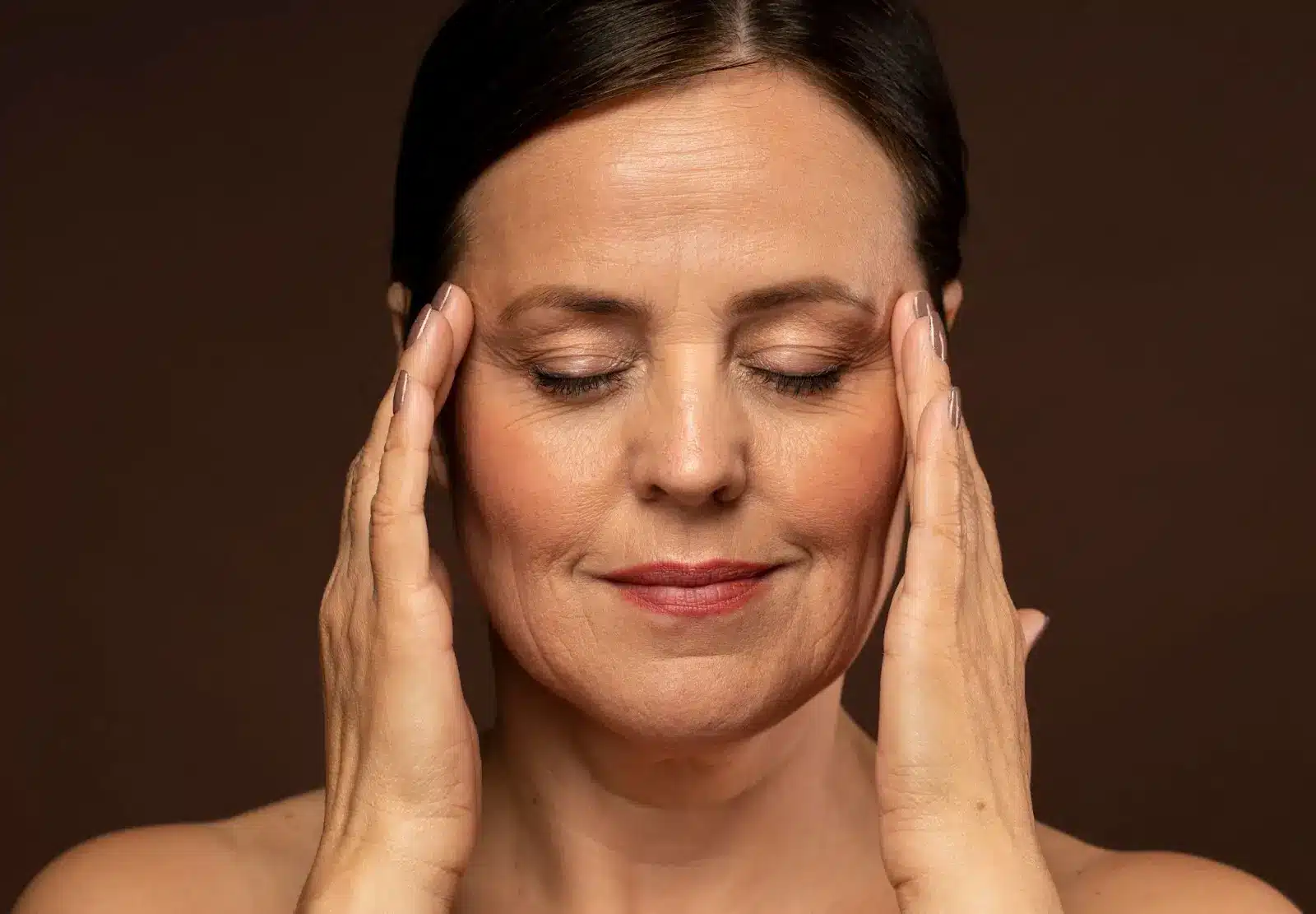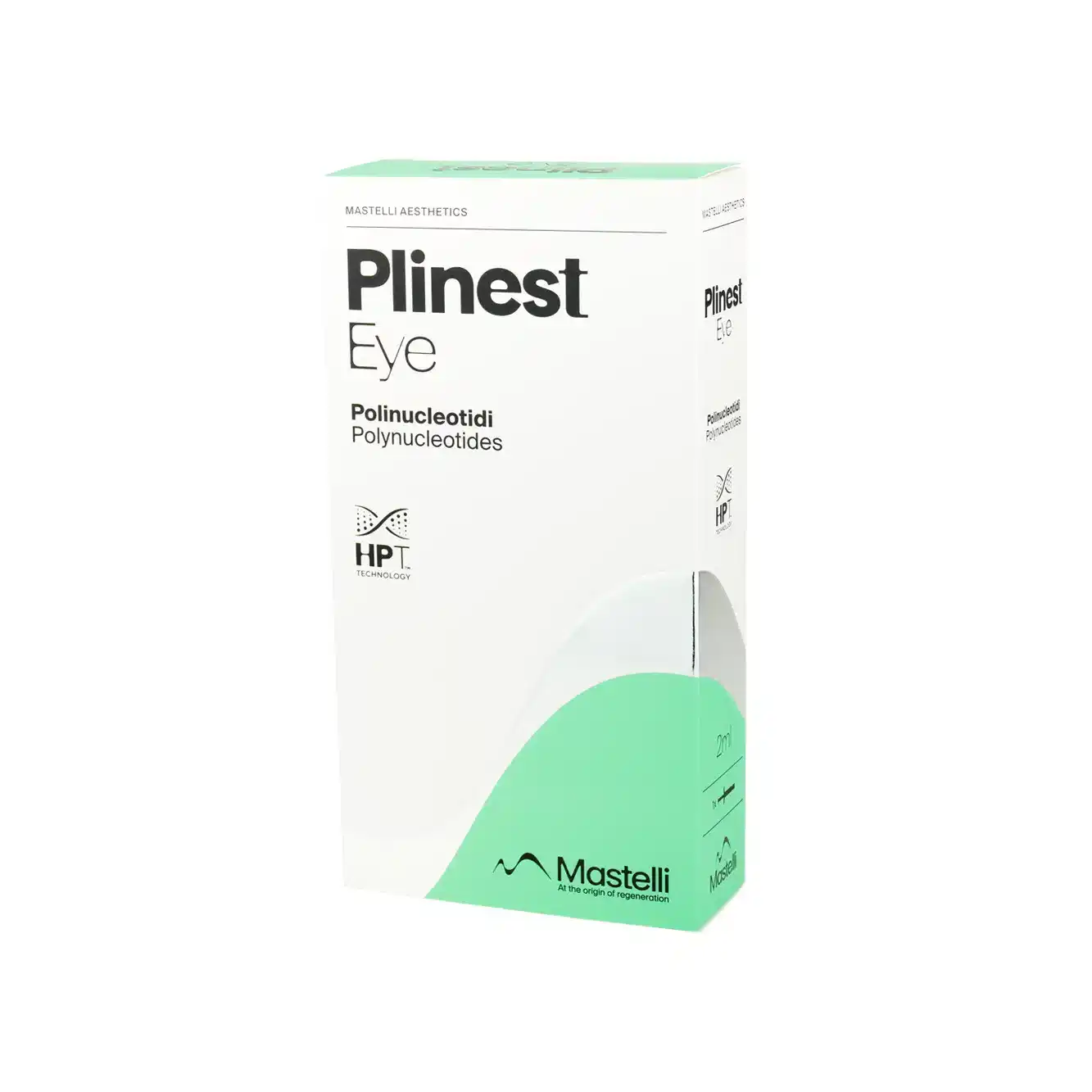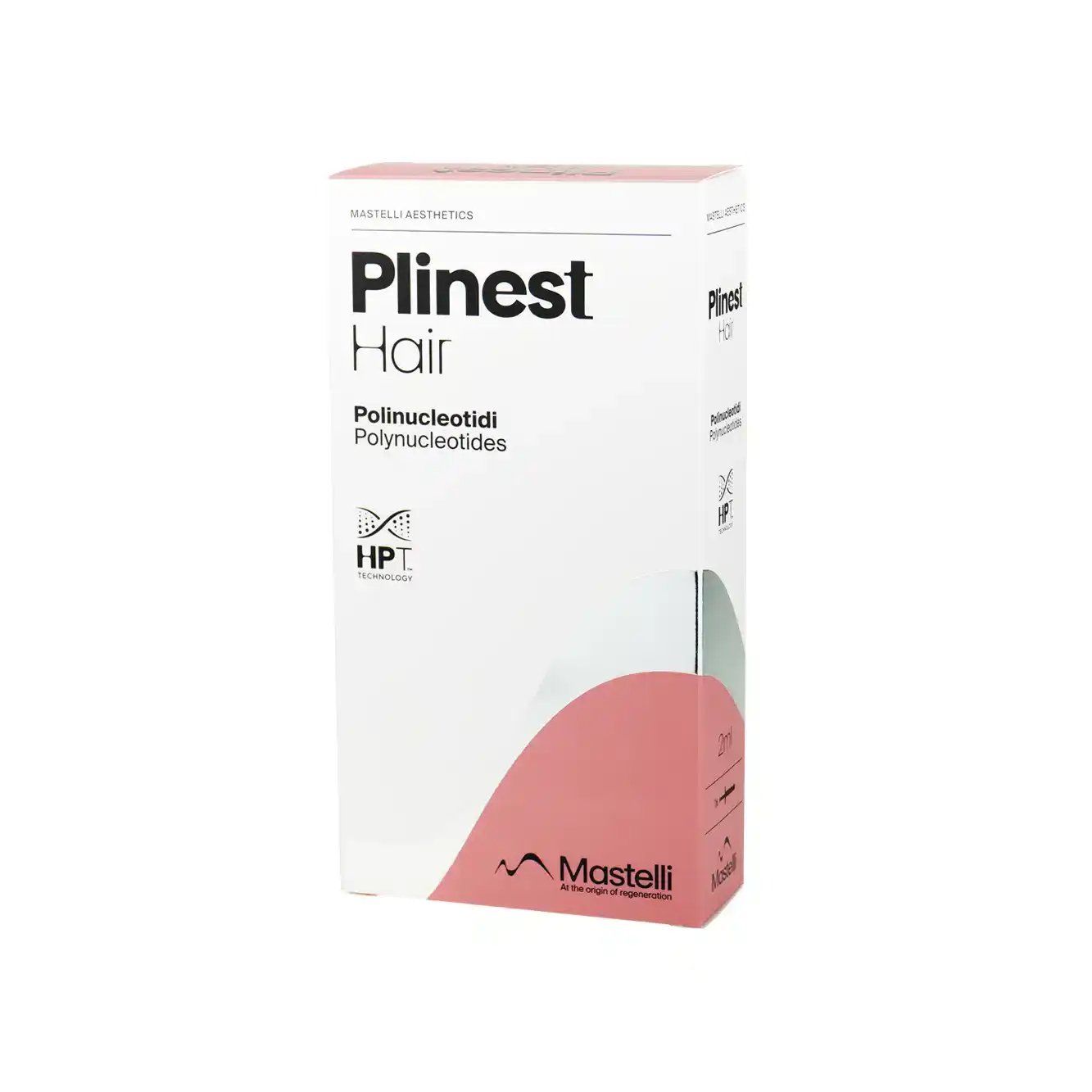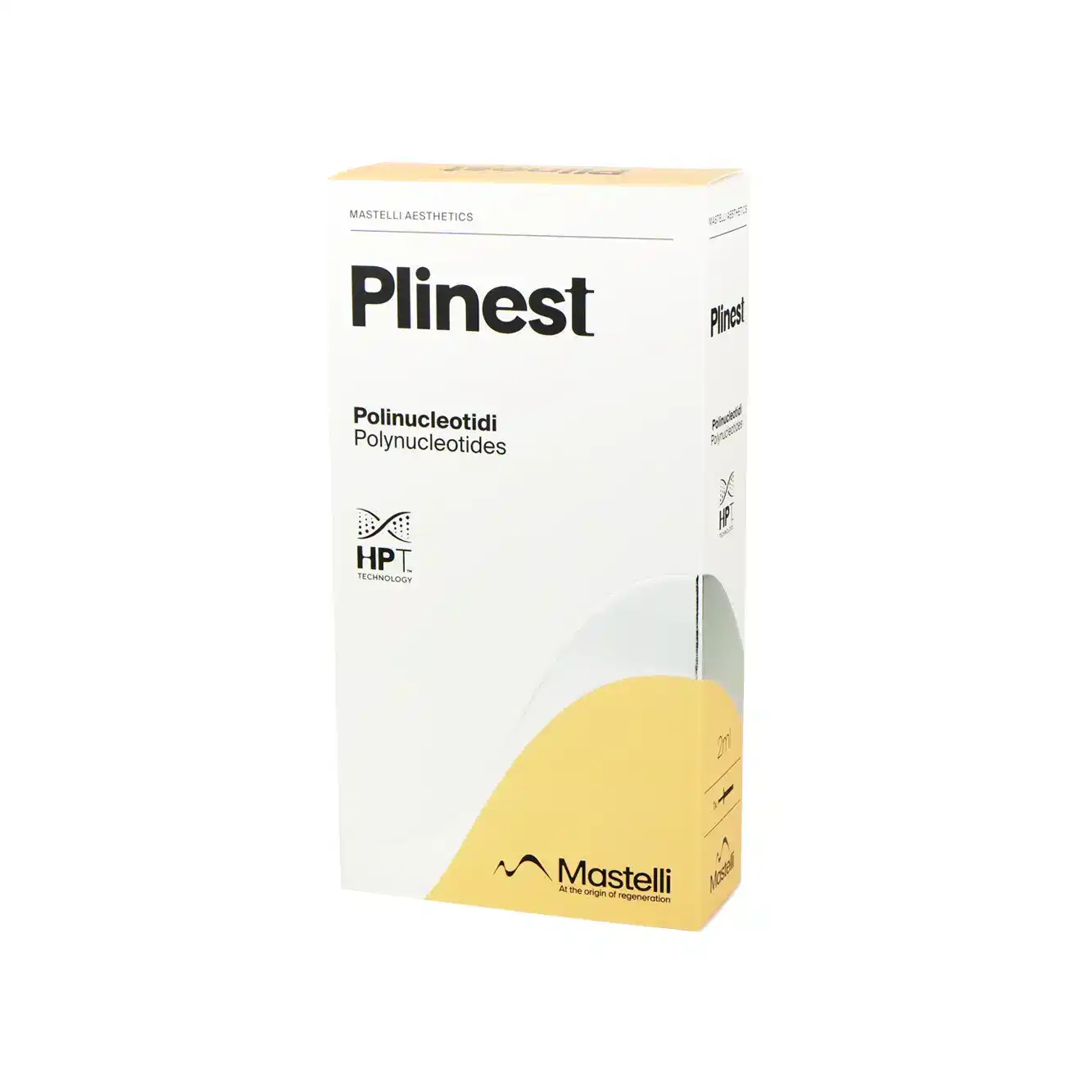Only for Licensed Professionals
Only for Licensed Professionals
.webp)
Plinest vs Rejuran – Which Treatment is Best?
David Fuller
Last Updated On: June 16, 2025
Facial aging is no longer seen as simply the result of gravity pulling the skin downward. Decades of research, including groundbreaking work by Rohrich and Pessa, have shown that aging involves complex changes in the skin, fat, muscle, and bone, not just a sagging of skin. In particular, we now know that facial fat is compartmentalized, reshaping how experts approach facial rejuvenation techniques.
This deeper understanding of the aging process has led to the development of innovative treatments that focus on restoring skin from within. Among the most talked about options today are Plinest and Rejuran—both regenerative treatments that promise more than just surface-level improvements.
In this article, we will dive into the differences between Plinest and Rejuran, comparing their ingredients, benefits, use cases, and results to help you determine which treatment is best suited to your skin’s needs.
Key Takeaways
- Plinest and Rejuran are both regenerative treatments derived from salmon DNA that stimulate skin rejuvenation by promoting collagen production and tissue repair.
- Plinest is formulated with polynucleotides (PN) that enhance skin firmness, hydration, and structural integrity, making it ideal for deep regeneration and treating early signs of aging.
- Rejuran utilizes polydeoxyribonucleotides (PDRN), which focus on promoting healing and anti-inflammatory effects, making it effective for sensitive skin, post-treatment recovery, and reducing redness and inflammation.
- Plinest is typically applied for structural rejuvenation, including wrinkles, sagging, and acne scars, and is recommended for individuals seeking long-lasting firming and elasticity.
- Rejuran is best suited for reactive skin, including conditions such as rosacea or post-inflammatory redness, and works particularly well for improving skin texture and hydration in sensitive areas like the under-eye region.
- The treatment protocols differ: Plinest uses a micro-needle or cannula for deeper injections, while Rejuran employs the papule technique for more surface-level treatment, which is ideal for skin barrier repair.
- Both treatments require multiple sessions spaced apart, with results continuing to improve over time, typically within 1 to 3 months of the final session.
About: Operating since 2016, Med Supply Solutions is known for being one of the industry’s top and trusted suppliers of cosmetic and viscosupplementation products. If you’re looking to buy Plinest Fillers online, contact our sales department for more information.
Tier pricing
Save 2.02%
6 or more
$97.00 each
Save 4.04%
11 or more
$95.00 each
Save 5.05%
21 or more
$94.00 each
Tier pricing
Save 2.02%
6 or more
$97.00 each
Save 4.04%
11 or more
$95.00 each
Save 5.05%
21 or more
$94.00 each
Tier pricing
Save 2.53%
6 or more
$77.00 each
Save 5.06%
11 or more
$75.00 each
Save 6.33%
21 or more
$74.00 each
How Plinest and Rejuran Work: Source Materials and Mechanism

Plinest is formulated using polynucleotides (PN) purified from salmon DNA, utilizing advanced biotechnology to ensure optimal skin compatibility. These high molecular weight PNs stimulate fibroblast activity deep within the dermis, triggering collagen and elastin production. As a result, Plinest promotes intensive tissue regeneration, improving skin firmness, hydration, and structural integrity, making it ideal for skin that experiences early signs of aging, sagging, or dullness.
Plinest is formulated using polynucleotides (PN) purified from salmon DNA, utilizing advanced biotechnology to ensure optimal skin compatibility. These high molecular weight polynucleotides stimulate fibroblast activity deep within the dermis, triggering the production of collagen and elastin. As a result, Plinest promotes intensive tissue regeneration, improving skin firmness, hydration, and structural integrity. It’s ideal for skin showing early signs of aging, sagging, or dullness.
On the other hand, Rejuran is composed of polydeoxyribonucleotide (PDRN), a shorter DNA fragment also sourced from salmon sperm. Known for its potent healing and anti-inflammatory properties, PDRN accelerates tissue repair and helps calm irritated or compromised skin. This makes Rejuran particularly suitable for individuals with sensitive skin, post-treatment inflammation, or barrier damage due to environmental stress.
Although both injectables rejuvenate skin through cellular repair, their molecular differences influence their therapeutic strengths. Plinest targets deeper regeneration and structural renewal, while Rejuran offers a faster, more surface-level response focused on healing and soothing. Dermatologists often base their choice on a patient’s primary concerns, whether it’s firming and elasticity with Plinest or calming and repair with Rejuran.
Treatment Protocols and Application Techniques
Understanding the application techniques for both Plinest and Rejuran is crucial in determining the right treatment plan. While both rely on microinjection methods to deliver polynucleotides directly into the skin, the depth, technique, and overall patient experience differ.
Plinest: Application Protocol and Approach
Practitioners administer Plinest using a fine micro-needle or cannula to reach the mid to deep dermis, where collagen regeneration is most active. They schedule sessions 3 to 4 weeks apart, allowing optimal time for cellular regeneration between treatments. A complete protocol typically consists of 3 to 5 sessions, depending on the skin’s condition and response.
This method is known for minimal discomfort and shorter downtime, thanks to its smooth injection flow and deeper placement. Plinest is ideal for patients seeking structural rejuvenation without the need for extensive recovery.
Rejuran: Application Protocol and Approach
Aesthetic providers administer Rejuran through manual microinjections using the papule technique, resulting in tiny, visible bumps across the face. It targets the superficial dermis, which helps repair the skin barrier and reduce micro-inflammation. Treatment plans typically consist of three sessions, spaced 2 to 4 weeks apart, followed by maintenance sessions as needed.
While the papule method may cause temporary bumps and redness, it enables precise, surface-level healing. Rejuran’s technique is more uncomfortable compared to Plinest, but it’s particularly effective for patients who need intensive repair for their sensitive or damaged skin.
Results: Texture, Elasticity, and Skin Healing Outcomes

When comparing Plinest vs Rejuran, the effects each treatment delivers align closely with their core ingredients and biological functions. While both are designed to restore and rejuvenate the skin, they do so in different ways, making the choice highly dependent on your specific skin concerns.
Here’s a breakdown of what you can expect from each treatment:
| Treatment | Visible Results | Best For |
| Plinest | – Improves skin texture and elasticity- Reduces fine lines and wrinkles- Enhances hydration and glow- Effective for post-acne scars and structural rejuvenation | – Aging skin with laxity- Dull or dehydrated skin- Mild to moderate wrinkles- Skin needing deep regeneration |
| Rejuran | – Accelerates wound healing and skin repair- Reduces redness, sensitivity, and inflammation- Smoothens fine lines and strengthens the skin barrier- Ideal for reactive or sensitive skin | – Post-laser or damaged skin- Acne-scarred or inflamed skin- Individuals with a compromised skin barrier- Early signs of aging in delicate areas |
Most patients notice visible improvements after the second session, with results continuing to develop over 1 to 3 months.
If your goal is deep tissue rejuvenation and firming, Plinest may be the better option. On the other hand, if your concerns focus on inflammation, sensitivity, or recovery from trauma, Rejuran might offer quicker and more targeted relief.
Patients may also consider other comparisons, such as Plinest vs Profhilo, to help broaden their search and determine which treatment works best for them.
Which Patients Respond Better to Plinest or Rejuran?
Choosing between Plinest and Rejuran depends on understanding your skin’s specific needs, sensitivity level, and long-term aesthetic goals. While both treatments promote cellular repair and rejuvenation, they cater to different skin types and conditions.
Choose Plinest if you:
- Have dull, aging skin showing early signs of fatigue, reduced elasticity, or uneven tone, especially around the cheeks and lower face.
- Are experiencing mild to moderate sagging or wrinkles and want to restore firmness without resorting to fillers or invasive lifting.
- Wish to address acne scars, sun damage, or skin trauma, where collagen stimulation and profound tissue renewal are key.
- Prefer a treatment with minimal downtime, as Plinest injections are typically more comfortable and cause less redness or swelling post-treatment.
Opt for Rejuran if you:
- Struggle with sensitive or easily irritated skin, such as rosacea, post-inflammatory redness, or barrier-compromised conditions.
- Recently underwent laser therapy, microneedling, or chemical peels, and need something to accelerate healing and reduce inflammation.
- Frequently experience dryness, flaking, or facial redness, and want to improve hydration without adding volume.
- Are looking for a gentle, natural-looking improvement in fine lines and overall skin smoothness, especially in delicate areas like under the eyes.
Conclusion
Plinest and Rejuran are both effective skin rejuvenation treatments, each offering unique benefits depending on your skin’s condition and goals. While both treatments use salmon DNA and aim to stimulate skin regeneration, their mechanisms and outcomes differ.
Ultimately, there’s no one-size-fits-all answer when choosing between Plinest and Rejuran. Your skin’s needs, lifestyle, and sensitivity should guide your decision. A personalized consultation with a licensed aesthetic provider is essential to determine which treatment best aligns with your goals. Whether you choose Plinest or Rejuran, both are clinically safe, non-invasive, and developed to help restore your skin’s natural glow and resilience over time.
FAQs
1. Can practitioners use Plinest and Rejuran together?
Yes. Many aesthetic doctors combine both treatments for synergistic effects. Plinest targets structural regeneration while Rejuran calms and repairs.
2. How soon can I see results from Plinest or Rejuran?
Initial results may be apparent after 1-2 sessions, but optimal outcomes typically become evident after three sessions, spaced over several weeks.
3. Is there downtime after treatment?
Minimal. Expect mild swelling or redness that usually resolves within 24–48 hours. Rejuran may cause visible bumps for 1–2 days post-injection.
4. Are there any side effects or risks?
Both treatments are safe. Minor side effects include redness, bruising, and swelling. Always consult a licensed injector to reduce risks.
References
Fitzgerald R, Graivier MH, Kane M, et al. Update on facial aging. Aesthet Surg J. 2010;30(1 Suppl):11S-24S.
Palmieri IP, Raichi M. Clinical commentary about foreign body complications over 20 years after polymethyl‐methacrylate face implants and control of late sequelae with Polynucleotides Highly Purified Technology (PN‐HPT®). Journal of Cosmetic Dermatology. 2022;21(11):5537-5542. doi:10.1111/jocd.14950
Araco A, Araco F, Raichi M. An exploratory study of PN HPT for treating postsurgical atrophic and depressed scars. Journal of Cosmetic Dermatology. 2025;24(1). doi:10.1111/jocd.16764
Sung JH, Park NJ, Park JE, et al. Development of a PLA Polymer-Based liquid filler for Next-Generation aesthetics. International Journal of Molecular Sciences. 2025;26(5):2369. doi:10.3390/ijms26052369
Products
Cart
Log In
Newsletter
Subscribe for exclusive offers and updates on new arrivals
Share feedback at:
Working Hours
MON - SUN 9AM to 6PM EST
The Most Popular Brands
Med Supply Solutions
Support
Secure checkout is guaranteed with full adherence to PCI DSS payment standards.
Products listed here are guaranteed authentic and manufacturer-sourced.
Pay easily with trusted providers


*Google and Apple Pay are currently only available via a direct link provided by your account manager.
Copyright 2025. Med Supply Solutions


